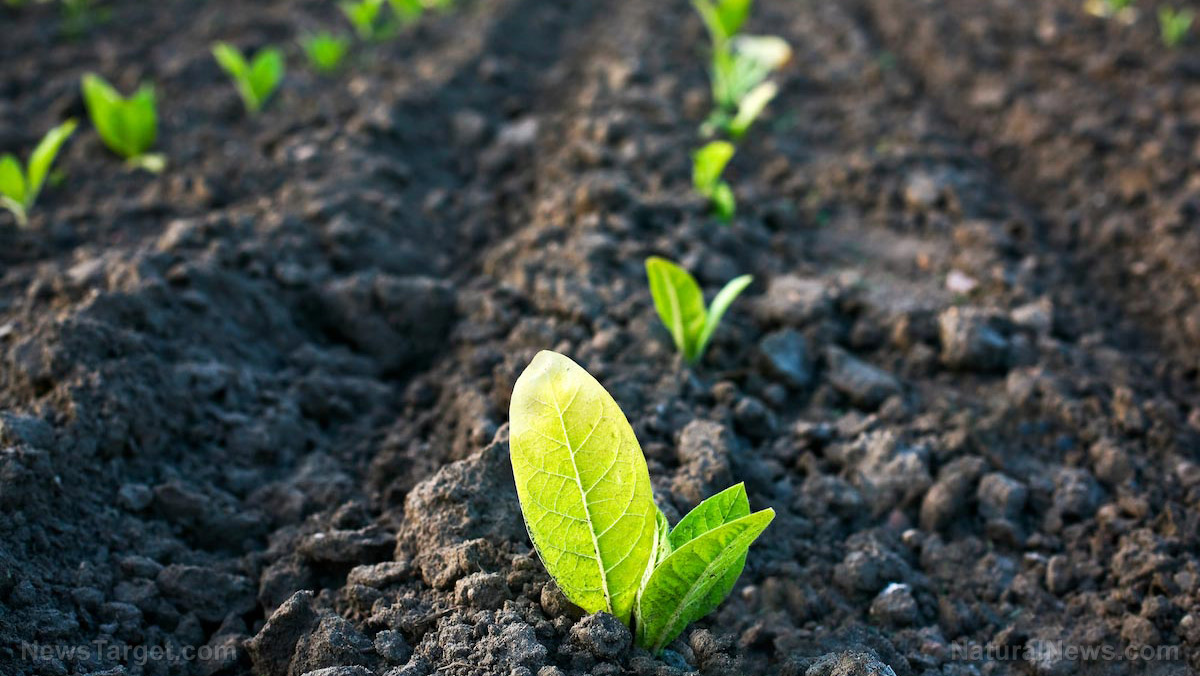The massive depletion of tropical rainforests have driven many species of tropical flora and fauna into extinction. But a recent study of bat populations in the Brazilian Amazon suggested that displaced survivors from primary forests could potentially recover if there are secondary forests that can take them in, reported Science Daily.
This is good news for the biodiversity of the world’s remaining tropical rainforests. It proves that much of the damage humans dealt to wildlife populations can still be undone if forests are given the time to heal.
The study began with a warning that the populations of species from primary forests in the Amazon region have suffered heavy losses following 15 years of humans burning, clearing, and disrupting their habitats. (Related: Another climate concern debunked: Amazon rainforest trees found to be surprisingly drought resistant.)
In the 30 years that have passed since those species fled their denuded homes, secondary regrowth has made good progress at recolonizing the regions. With the restoration of the secondary forests, many of those species came back and began replenishing their numbers.
“If you compare the time periods, it is apparent that taking a long-term view is paramount to uncovering the complexity of biodiversity in human-modified landscapes,” remarked senior researcher Dr. Christoph Meyer of the University of Salford regarding this slow but steady recovery process.
Bats from old-growth forests return once secondary forests regenerate
Dr. Meyer and his team looked at 50 species of bats that lived in the Biological Dynamics of Forest Fragments Project (BDFFP) in the Brazilian Amazon. They estimated their study population to be around 6,000 individual animals.
Bats were the perfect model group for the experiment. The flying mammals comprised 20 percent of all global mammal species, displayed a wide variety of food-seeking behavior, and are very sensitive to any changes in their habitat.
“The responses exhibited by bats offer important insights into the responses of other taxonomic groups,” said Ricardo Rocha of the University of Lisbon in his capacity as the lead author of the study.
According to Rocha, the recovery of the bat populations in the BDFFP has correlations with the pattern for beetle and bird communities of similar areas in the Amazon. “These parallel trends reinforce the idea that the benefits of forest regeneration are widespread, and suggest that habitat restoration can ameliorate some of the harm inflicted by humans on tropical wildlife,” he suggested.
Without refuges, endangered animals will go extinct
In comparison, the international research group noted harsh declines in the number of rodents that lived in the Chiew Larn reservoir in southern Thailand. The area was flooded in the 1980s to create a reservoir for Rajjaprabha Dam, a 240-megawatt hydroelectric dam.
Unlike the flight-capable Amazon bats, the Thai rodents were mostly stranded in the “forest islands” formed by the new Chiew Larn artificial lake. Despite government efforts to airlift them and other affected fauna to safer areas, many of these native species went extinct in the course of two decades.
“The recovery observed at the Amazon was mostly due to the recolonization of previously deforested areas and forest fragments by old-growth specialist bats,” Rocha explained regarding the bats’ good fortune.
He believed the regenerated secondary forests are responsible for improving biodiversity and increasing the food supplies in the BDFFP. These restored rainforests can now support the energy requirements of a larger number of species, as proven by the return and recovery of bat populations.
The BDFFP is the world’s biggest, oldest, and most expensive ongoing experiment in forest fragmentation. Its vast scale allows researchers to identify complexities that take a long time to surface.
More good news about the environment await your eyes at Environ.news.
Sources include:
ScienceDaily.com
Nature.com




















